Your fuel tank needs to be sitting at a pacific point for a vehicle to run without any hassles.
If you have a fuel pump that is not functioning properly, it can prevent the engine from running smoothly.
You can check the fuel pump and the pressure in a couple of different ways without the need for a gauge.
You will get the fuel pressure readings from the pressure sensor in real-time.
Why Would I Check Fuel Pressure Without a Gauge?
Older fuel-injection systems often feature a Schreder valve built into the fuel-injected rail. That made measuring the fuel pressure convenient since you just had to connect your fuel pressure gauge to the vehicle’s engine.
However, Modern-day engines are equipped with fuel rail sensors that allow the ECU (Engine Control Unit) to keep a constant fuel pressure across the fuel injectors, and you can monitor the pressure anytime, anywhere.
Signs You Have Low Fuel Pump Pressure

1. Engine loses power
If your fuel pump is weak, it won’t handle the demand on the engine. This is especially true for situations that require power like climbing a hill, acceleration, or towing a heavy load.
2. Difficultly when starting up
A car needs fuel delivered to the engine in order to start properly.
If there is a low pressure within the pump region, the fuel cannot reach the injectors to create a combustion triangle.
As a result, the engine will rev when you try to start it, but it won’t turn over.
3. Engine splutters at high speeds
The engine might splutter when you accelerate but will stop when you get down to a normal speed.
This means the fuel pump is not constantly distributing a fuel stream at the right pressure.
4. Poor engine performance
Low fuel pressure can cause your car’s performance to drop.
If you have the wrong air to fuel ratio, your car won’t perform as normal and means your fuel pressure needs checking.
5. Increased engine temperature
If the fuel pump doesn’t offer the right amount of fuel to the car’s engine, it will become stressed and result in a rise in engine temperature.
6. Black smoke from the exhaust
If you have black smoke coming from the exhaust, you might have low fuel rail pressure.
This means you are not getting enough gas into the cylinder for proper combustion.
7. Check engine light is flashing
Most cars have a fuel pressure sensor. This works to calculate if there is a sudden difference in the fuel pressure.
When abnormal, your check engine light will show on the dash screen.
How to Check Fuel Pressure Without Gauge?
1. Hear the buzz
A quick and easy way to test the fuel pump is to listen for a buzzing noise when you start your vehicle.
If you turn the key from off to on and don’t hear a buzzing sound, you may need a replacement.
2. Warm the engine up if you can
You need your engine to be warm if your want to get accurate measurements. A cold engine may take up more fuel than a warm one, especially if there is an issue. Try starting your car. If the engine starts, go for a short ride (approximately 10 minutes).
This will warm your car engine up and you’ll get an accurate measurement.
3. Connect the Diagnostic OBD-II Scanner to your car’s system
Find the OBD-II socket, which is often located under your dashboard. Some will be covered by trim. Plug your scanner in here.
Enter the diagnostic mode and get a reading of the parameters for the engine.
Next, choose your fuel delivery system so it can monitor the fuel rail pressure and the engine’s fuel injection timing for the cylinders.
This is the short-term fuel trim and the long-term fuel trim.
To measure the fuel pressure when you have the engine going, choose the option that matches real-time or actual fuel pressure parameters.
This will differ for all models.
The reader will show you the current fuel pressure.
You need to check if this stays constant by revving the engine low and holding it there, then try revving higher the same way.
If the actual fuel pressure is the same as the fuel pressure set point, there is no issue with the overall pressure in the system.
But there could still be a problem with the timing and amount of fuel being delivered to the injectors.
Check for any stored obd-ii error codes
If you want to save some time, you can skip the specific fuel readings and check for any stored error codes by plugging the system into the vehicle.
An error code might be stored within the system’s ECU memory if there is a fuel delivery problem. These can appear as a pending fault on some models.
How to Check Live Fuel Pressure Data?
If you don’t get any stored error codes, check the fuel system measuring the fuel delivery rate and fuel pressure with an OBD-II code reader.
Once you have it connected to the car, follow the on-screen prompts about your car until you reach the high-pressure fuel system.
Click on this, and you can check the different fuel system checks such as fuel injection timing, fuel rail pressure, and more.
FAQs
1. What is a fuel pressure regulator?
Ans: This is a device that helps to control how much fuel pressure is provided to the fuel injectors.
2. What is the cost to change a fuel pressure regulator?
Ans: You are looking for a total cost of around $150 to $350, but it can go higher in price if you need an electronic fuel pressure replacement. Also, it is cheaper to see a private mechanic rather than your car dealership.
3. What PSI reading should a fuel pressure be?
Ans: Your fuel pressure should sit from 45 psi up to 55 psi. Your manual will show your make and model’s specific fuel pressure range.
4. How do I start my vehicle if it has a bad fuel pump?
Ans: To start a car with a bad fuel pump, you need to cool the engine. The fuel pump will reset when it is cool without needing any pressure.
5. Does a weak battery mean I have low fuel pressure?
Ans: Your fuel pump will run slower if you have a low battery because the fuel pressure will be reduced and can stop the injectors from opening up, resulting in hard starting or misfiring.


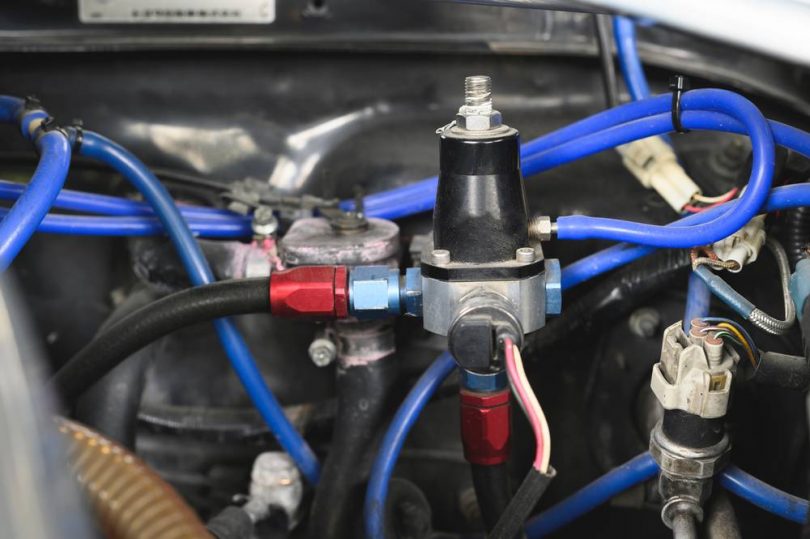
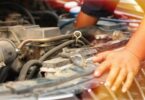

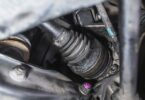
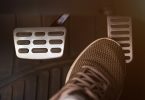
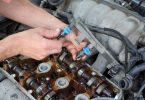
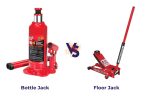

Leave a Comment